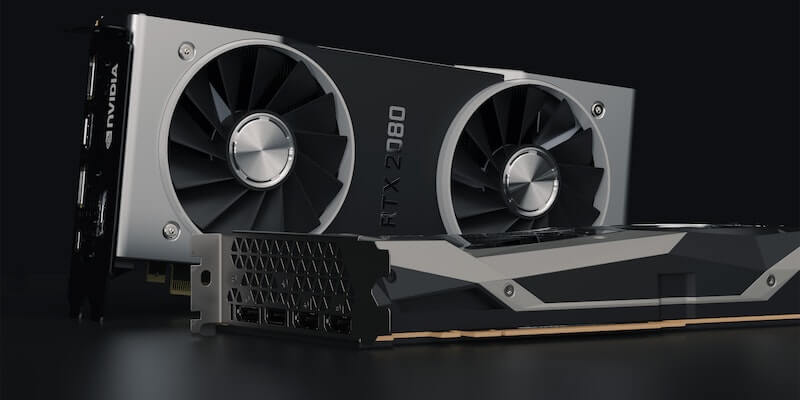In a groundbreaking development, Intel has unveiled its ambitious plans to revolutionize graphics rendering with real-time neural rendering and path tracing. This cutting-edge technology aims to bring the power of path tracing to everyone, regardless of the type of GPU they possess. By leveraging neural tools and algorithms, Intel aims to offer photorealistic rendering capabilities with higher performance and at more affordable price points, making it a game-changer for the industry.
Intel’s work on neural tools for real-time path tracing
To achieve real-time path tracing on a wide range of GPUs, Intel has been dedicatedly working on developing neural tools. These tools aim to achieve compression rates of 70% – 90% compared to native path tracing renderers. This breakthrough technology not only offers better rendering performance but also makes it more cost-effective, particularly with Intel Arc GPUs.
Intel’s showcase of neural rendering algorithms
In a recent demonstration, Intel showcased the power of neural rendering algorithms by enabling real-time path tracing on lower-powered and more budget-friendly GPUs. Traditionally, games like Cyberpunk 2077 require high-end GPUs to run path-traced visuals. However, with Intel’s approach, even the budget-aimed Arc GPUs and integrated GPUs can offer real-time path tracing capabilities. This level of accessibility for photorealistic rendering is unprecedented and opens up new possibilities for gamers and content creators with limited resources.
Open-source approach
Intel believes in fostering collaboration and wider adoption of its real-time neural rendering technology. As part of this commitment, Intel plans to make its cross-vendor framework for real-time neural rendering open-source. This move will encourage other hardware manufacturers to embrace this groundbreaking technology, making it more accessible and standardized across the industry. The open-source approach will spur innovation and accelerate the development of even more advanced rendering techniques.
Intel’s Transparent Tech Approach
Intel has been remarkably transparent with its tech approach, ensuring compatibility and support for various hardware configurations. One notable example is their XeSS (Xe Super Sampling) technology, which is supported on both AMD and NVIDIA hardware. This cross-platform support further emphasizes Intel’s commitment to openness and collaboration. Furthermore, Intel’s ray tracing capabilities have been deemed slightly ahead of NVIDIA’s Ampere chips, solidifying their position as a formidable competitor in the GPU market. Intel was also the first to offer AV1 support on its hardware, enabling superior video compression and streaming capabilities.
Intel’s Competitive Advantage
Intel’s recent price cuts on Arc GPUs have made them an exceptionally attractive option compared to the latest launches from competitors like AMD and NVIDIA. The combination of competitive pricing and the integration of real-time neural rendering and path tracing technology sets Intel’s Arc GPUs apart, offering gamers and creators a compelling choice for high-quality rendering without breaking the bank. Looking ahead, Intel plans to incorporate these advancements into their upcoming Battlemage GPUs and Xe-LPG iGPUs, which will ship in the highly anticipated Meteor Lake chips later this year.
With Intel’s real-time neural rendering and path tracing approaches, the graphics landscape is set to undergo a significant transformation. The democratization of high-quality rendering through affordable GPUs opens up new possibilities across various industries, from gaming to architecture and film production. Intel’s commitment to open-source collaboration, transparency, and competitive pricing puts them in a strong position to drive innovation and push the boundaries of graphics technology. As we eagerly await the release of Intel’s Battlemage GPUs and Xe-LPG iGPUs, the future of real-time path tracing and neural rendering is both exciting and filled with immense potential.

